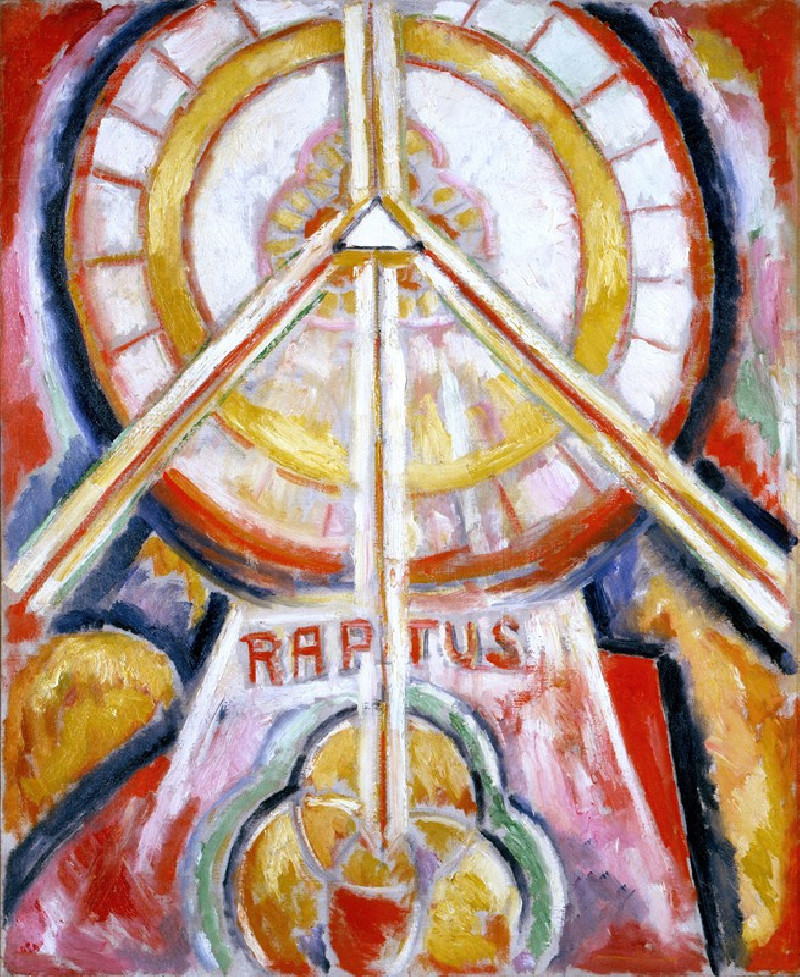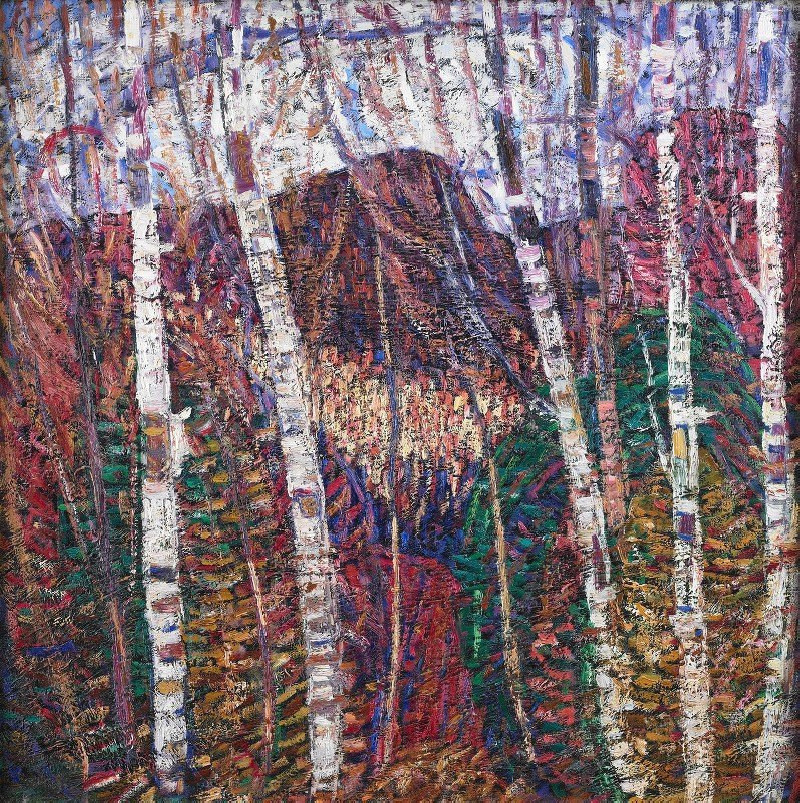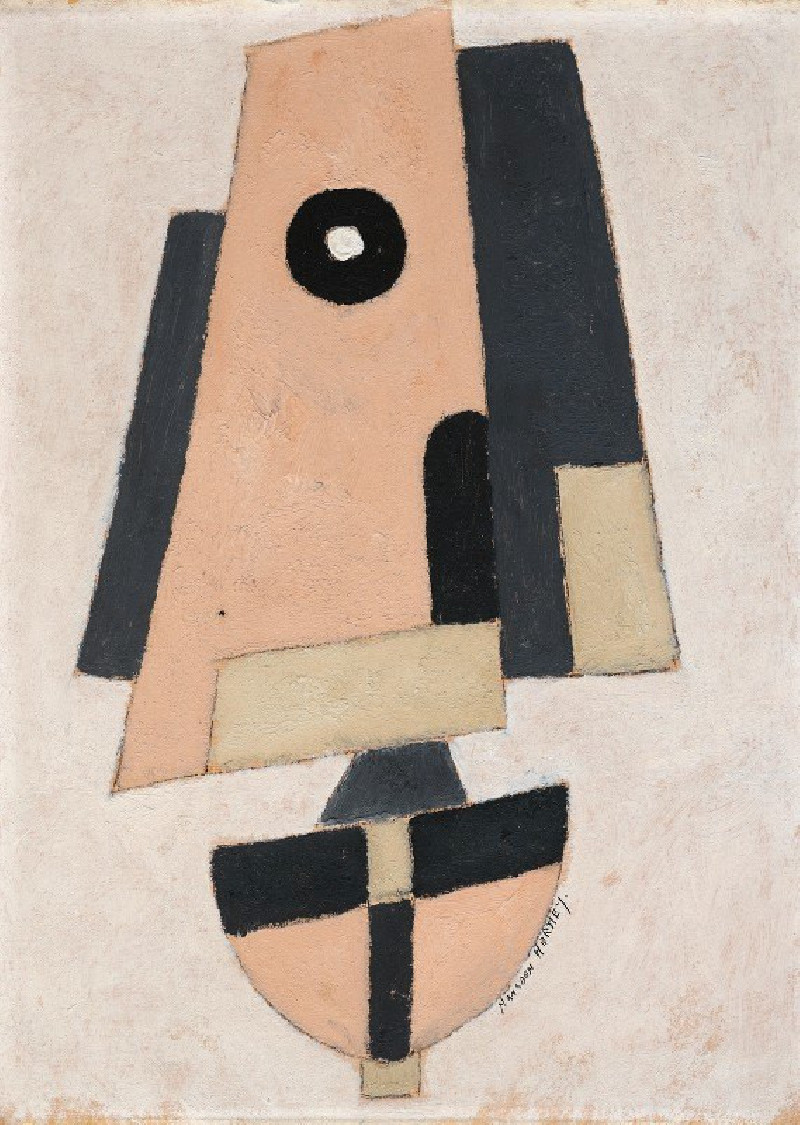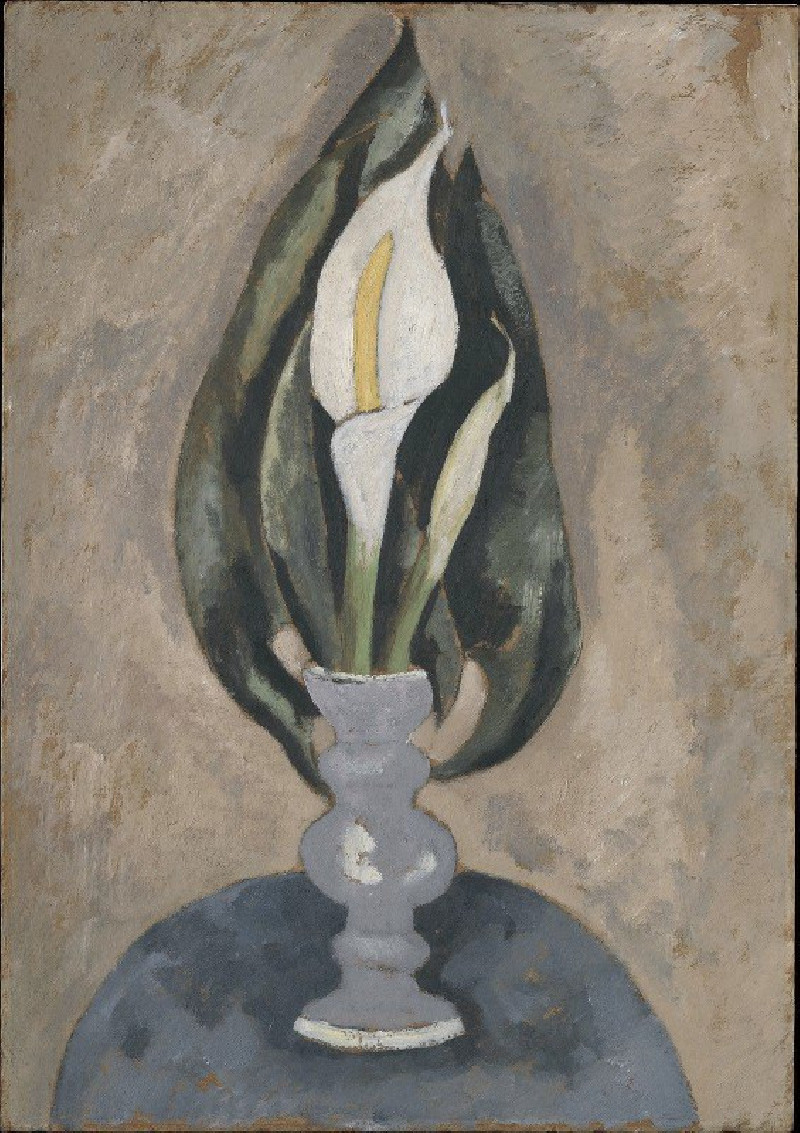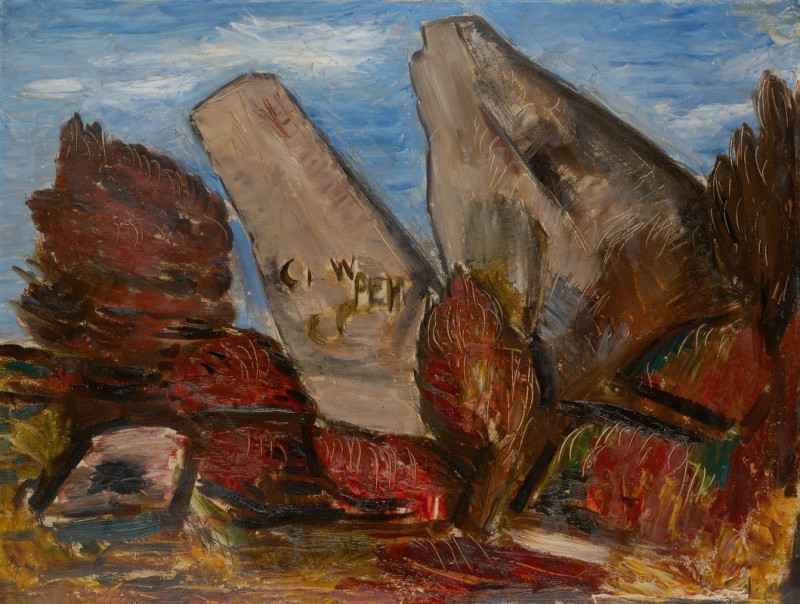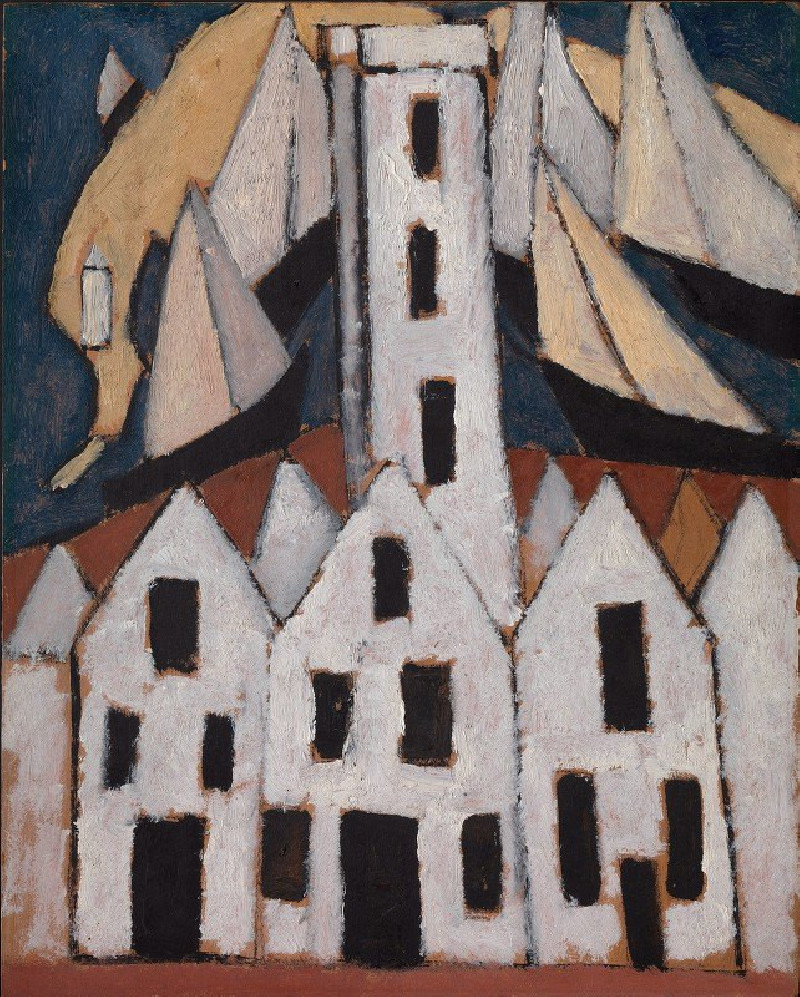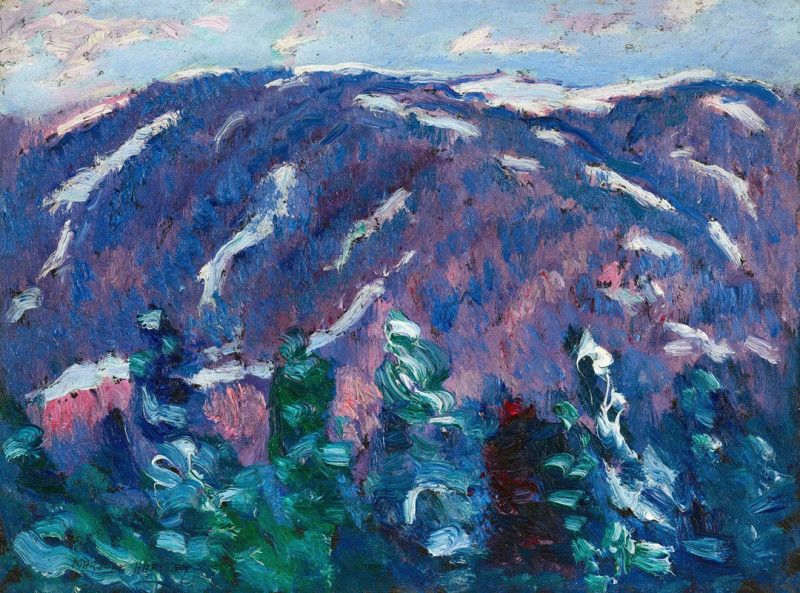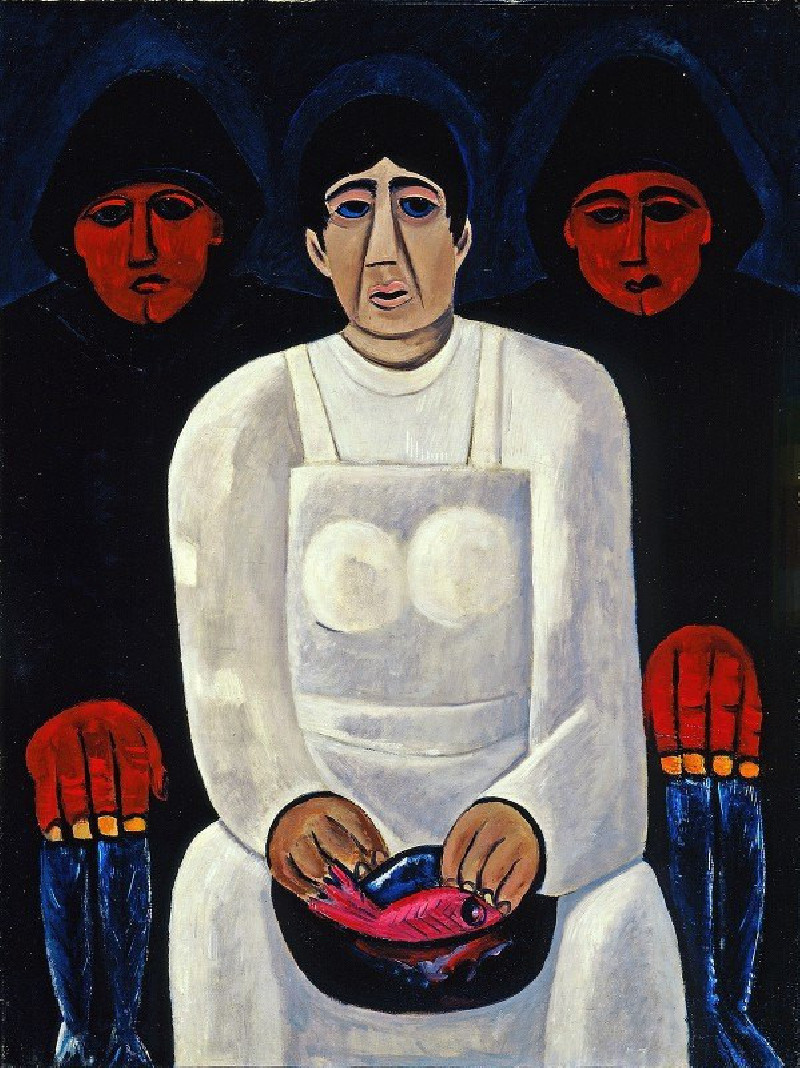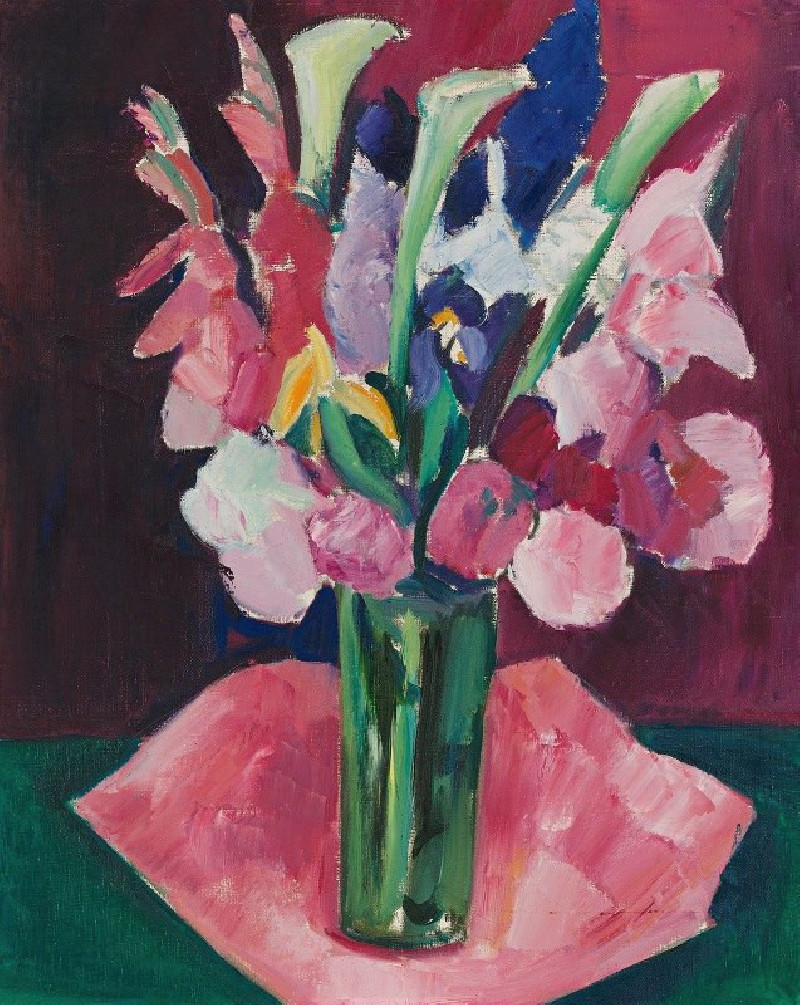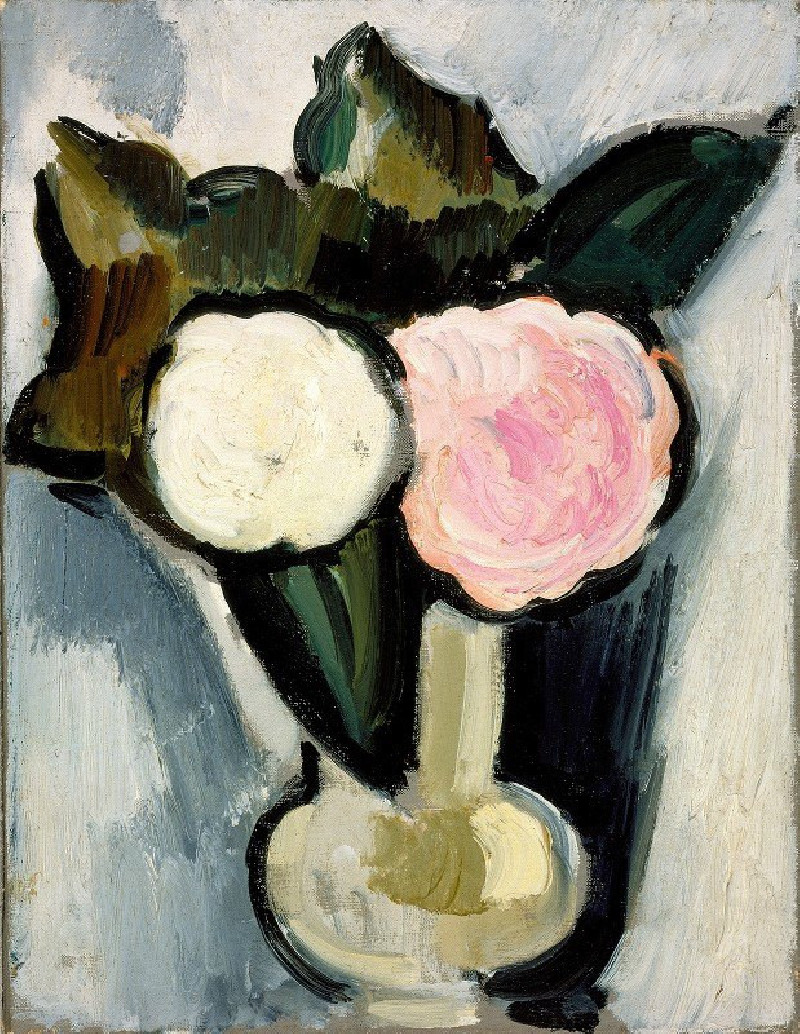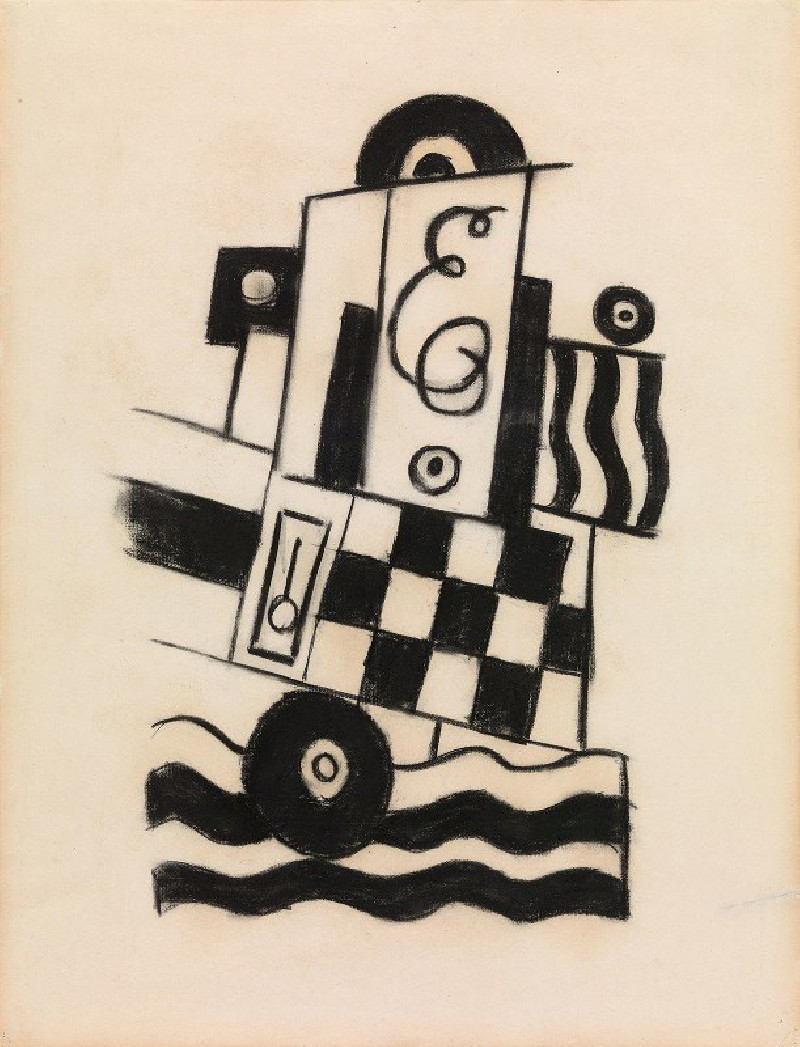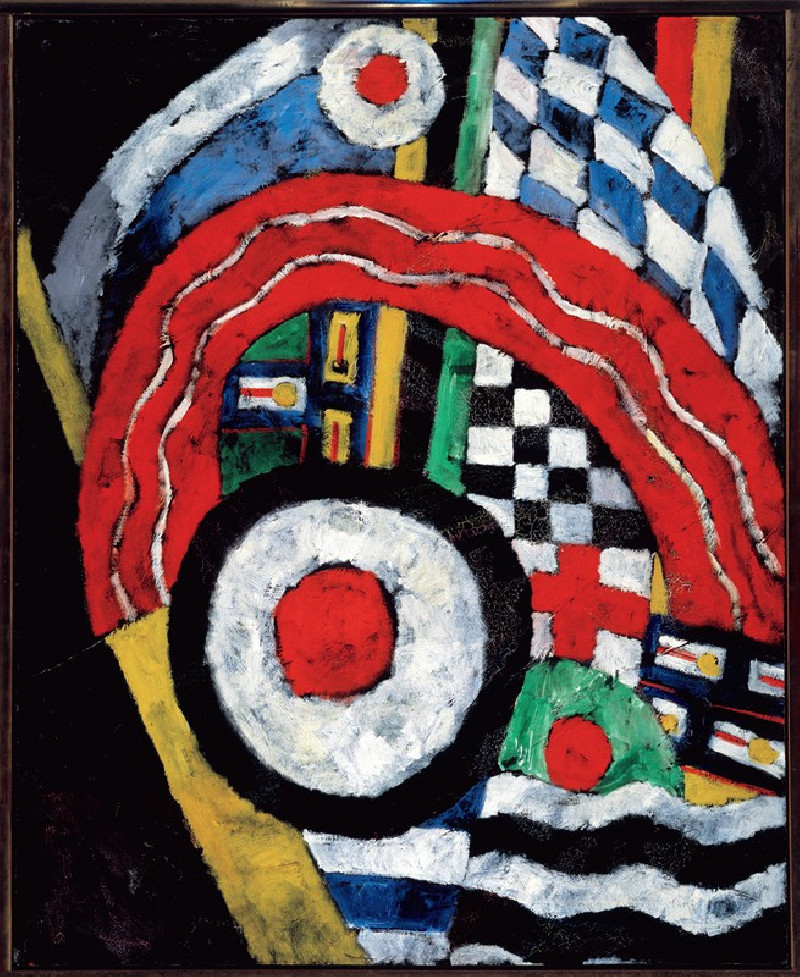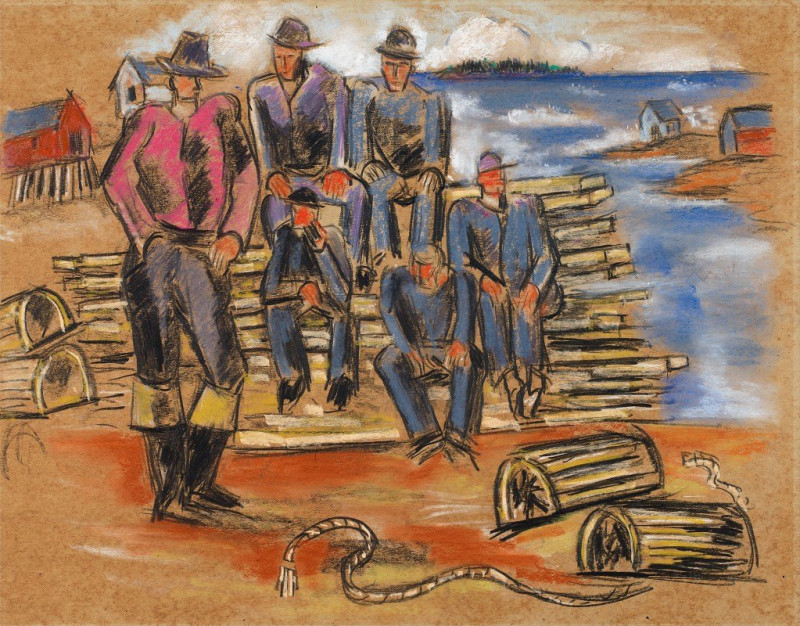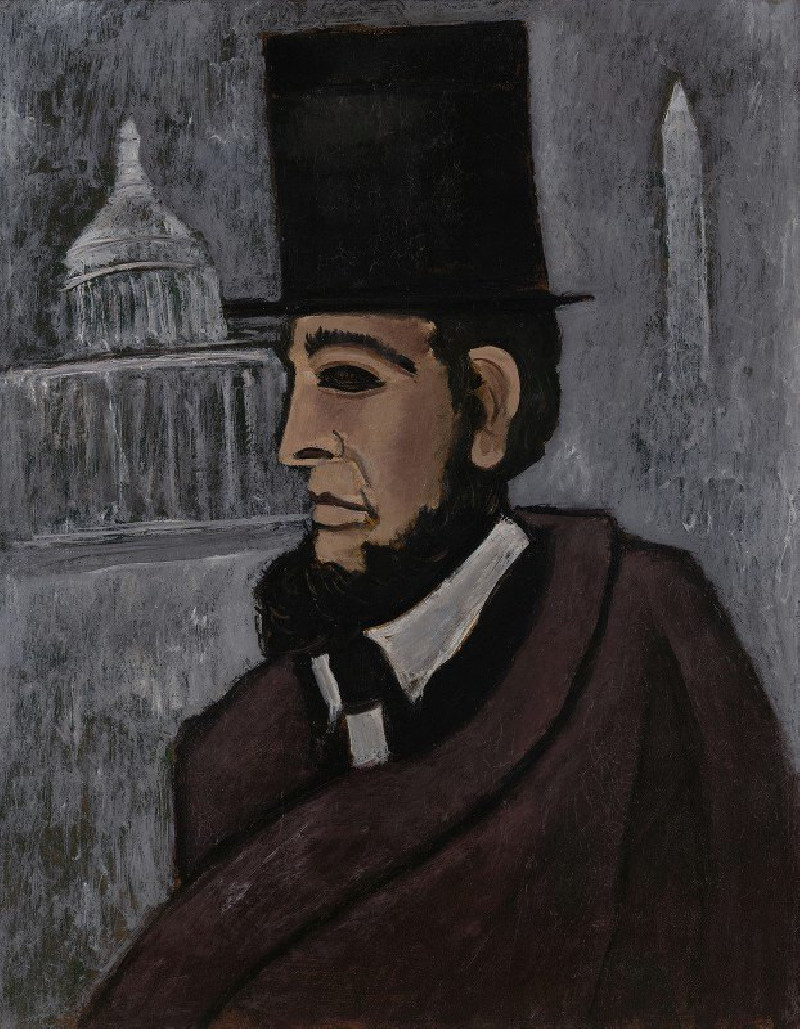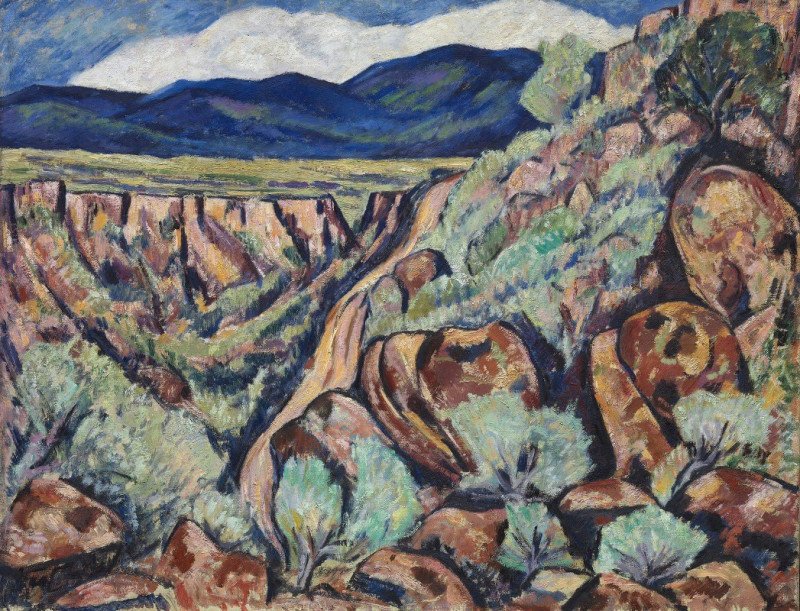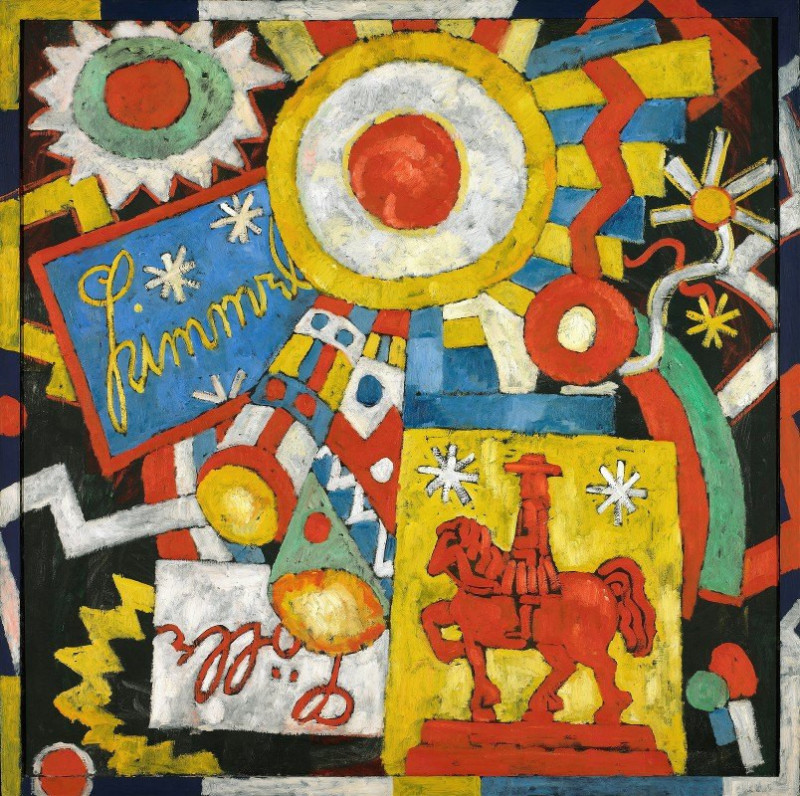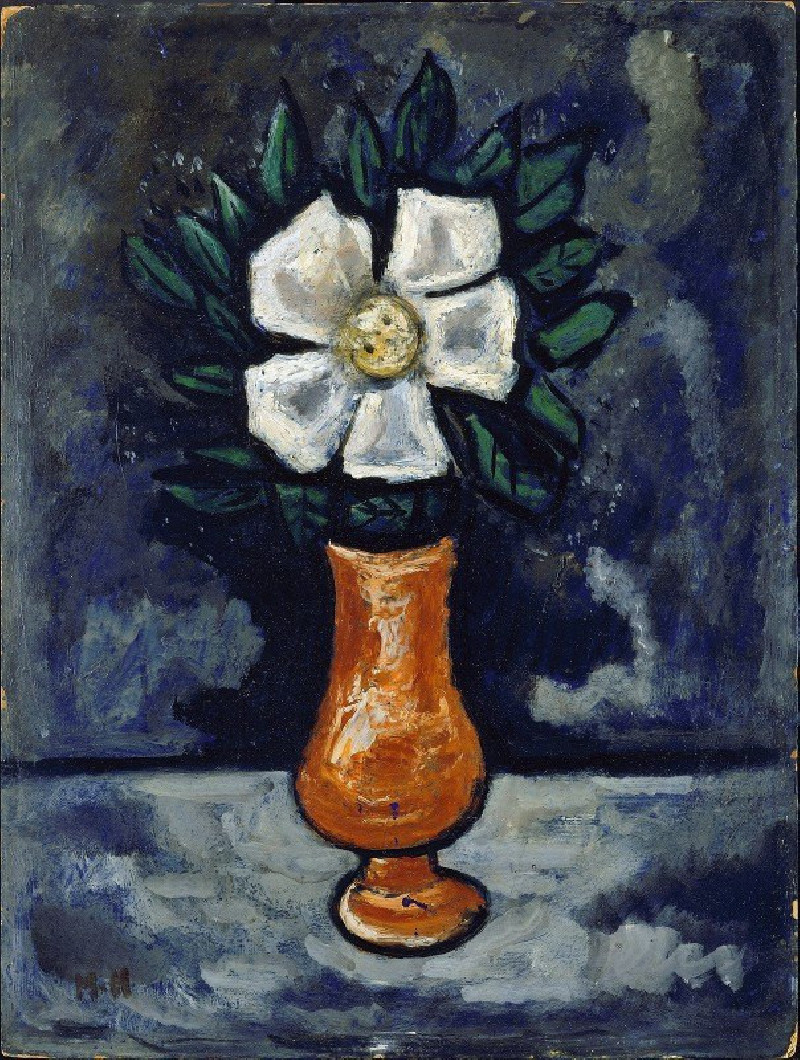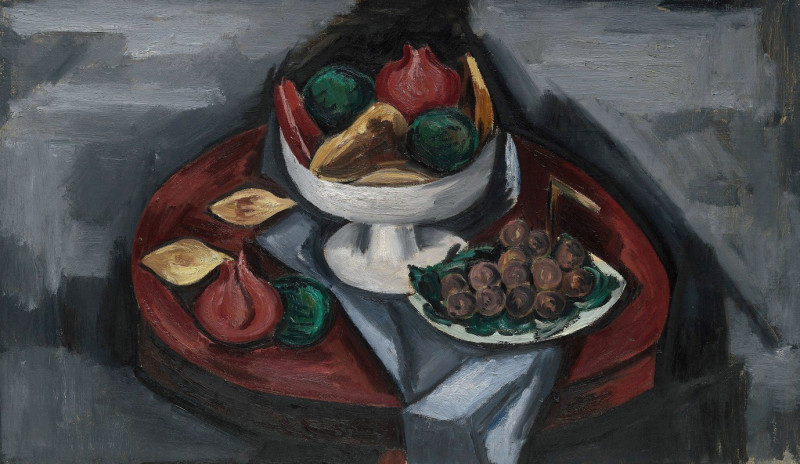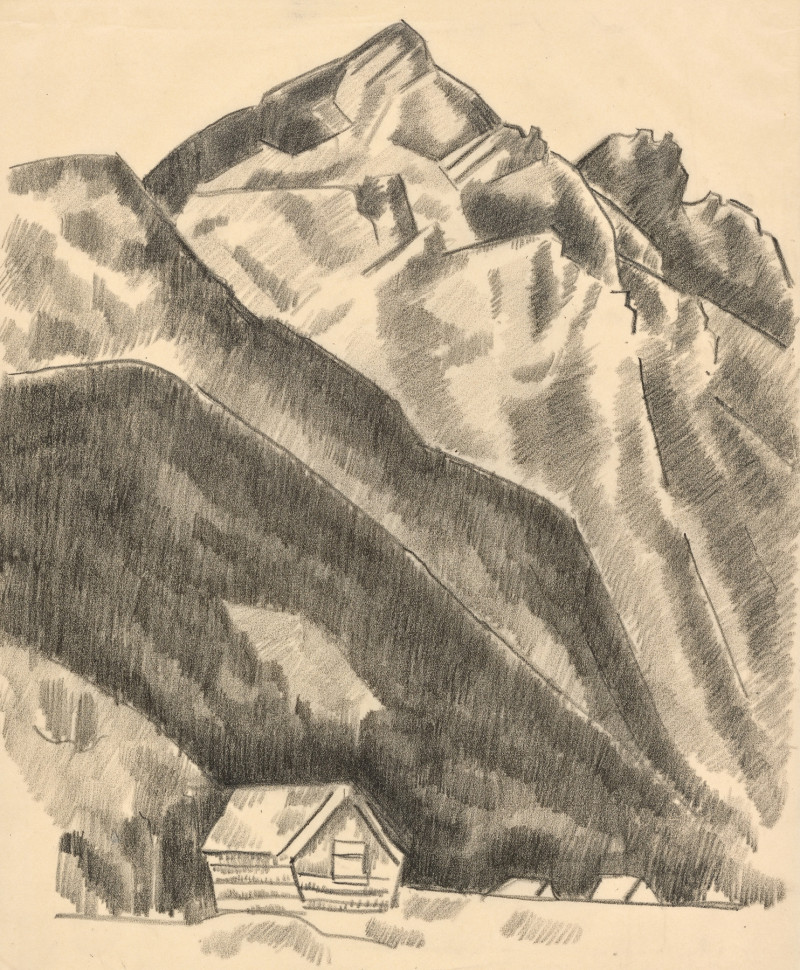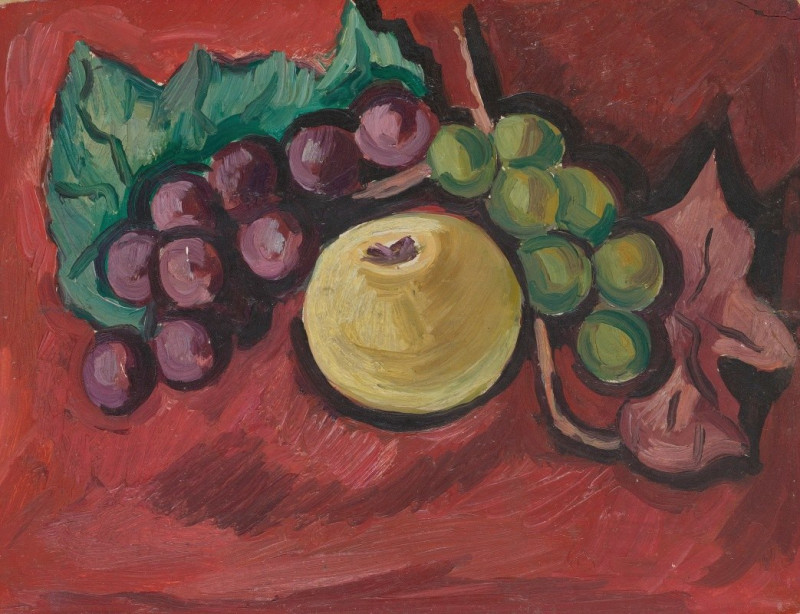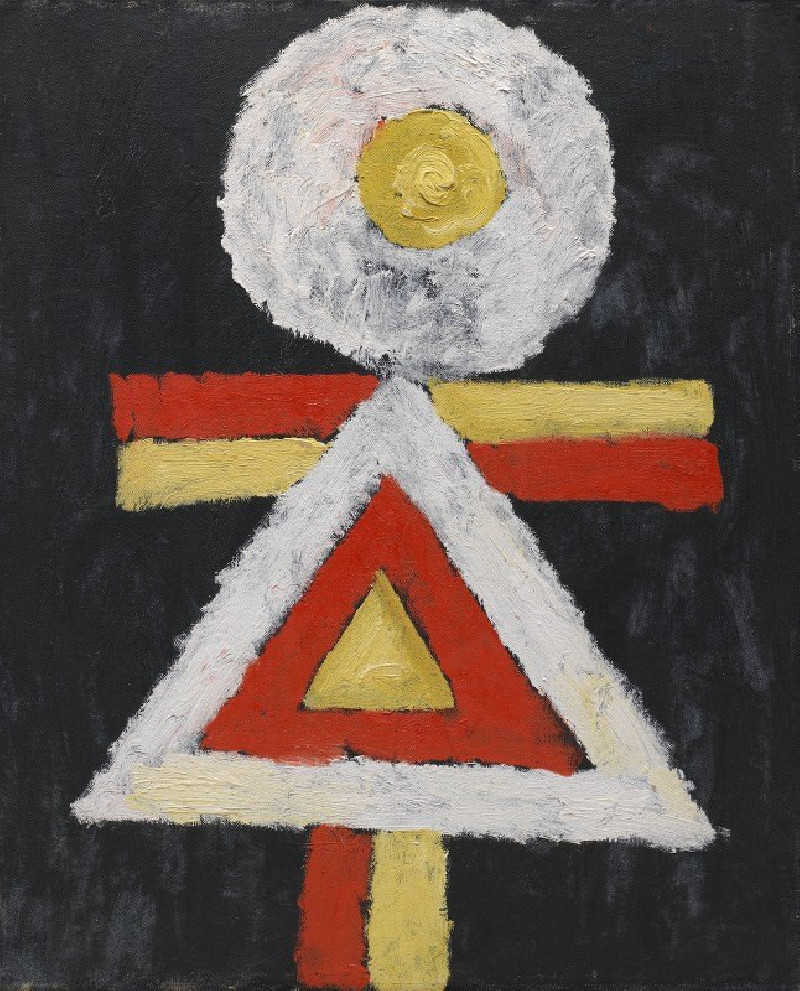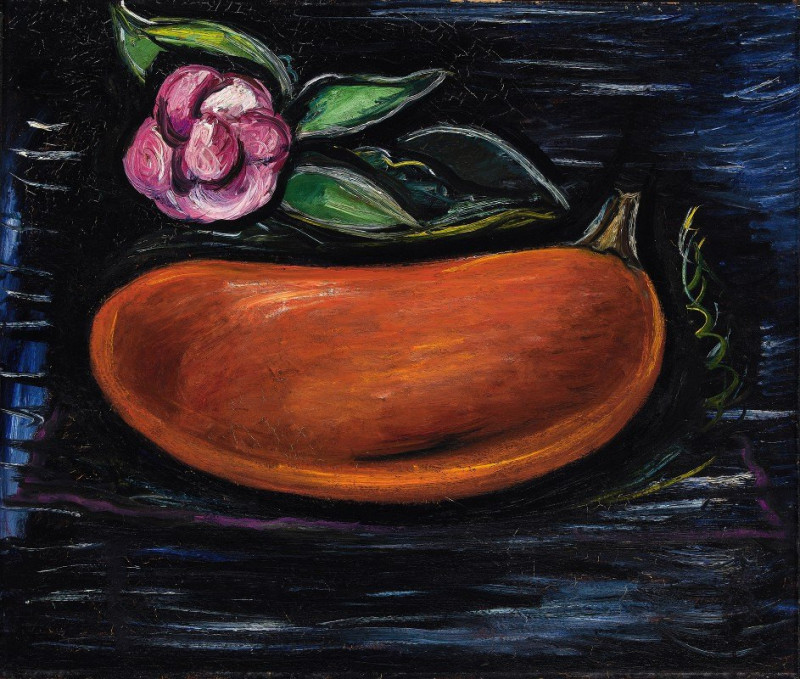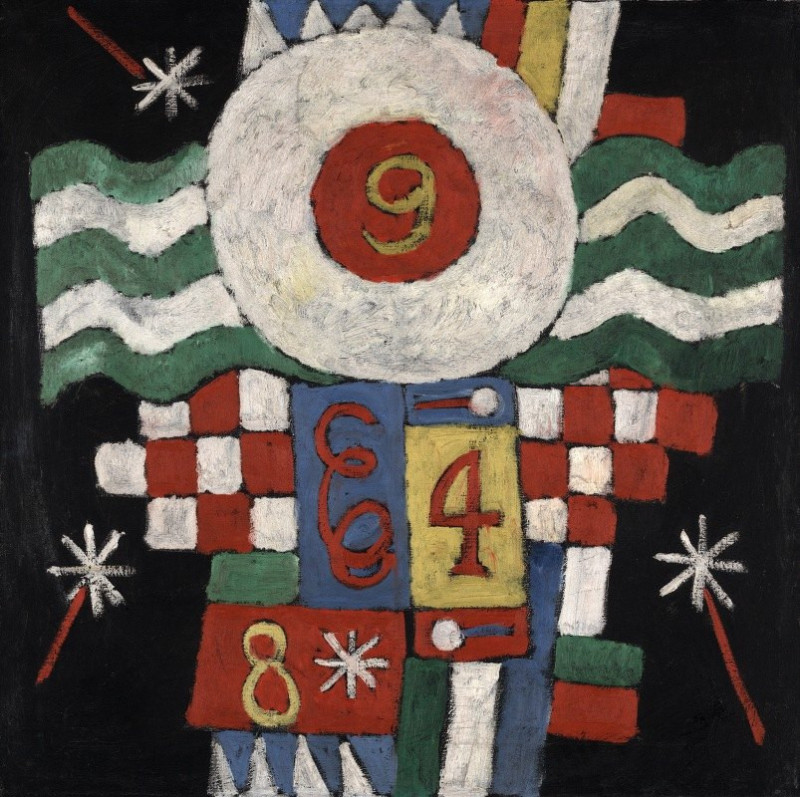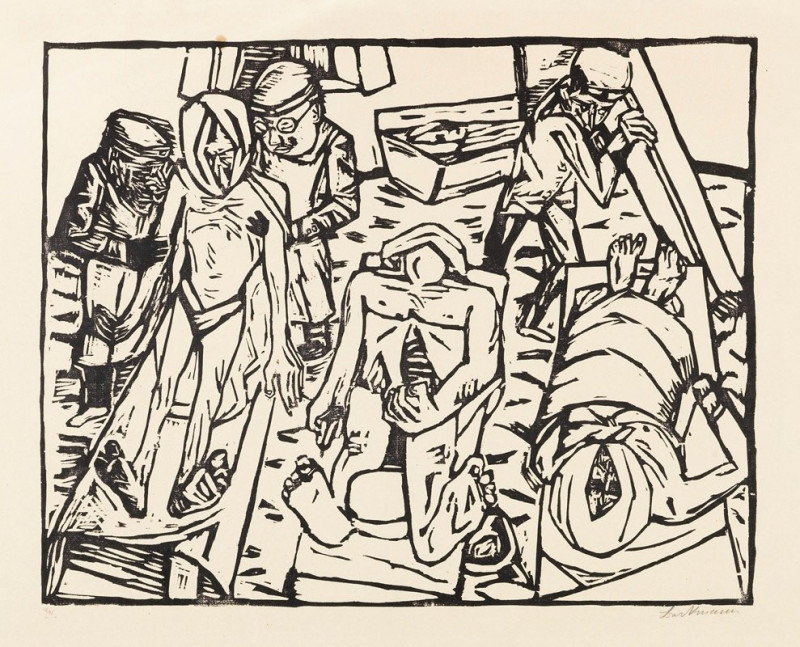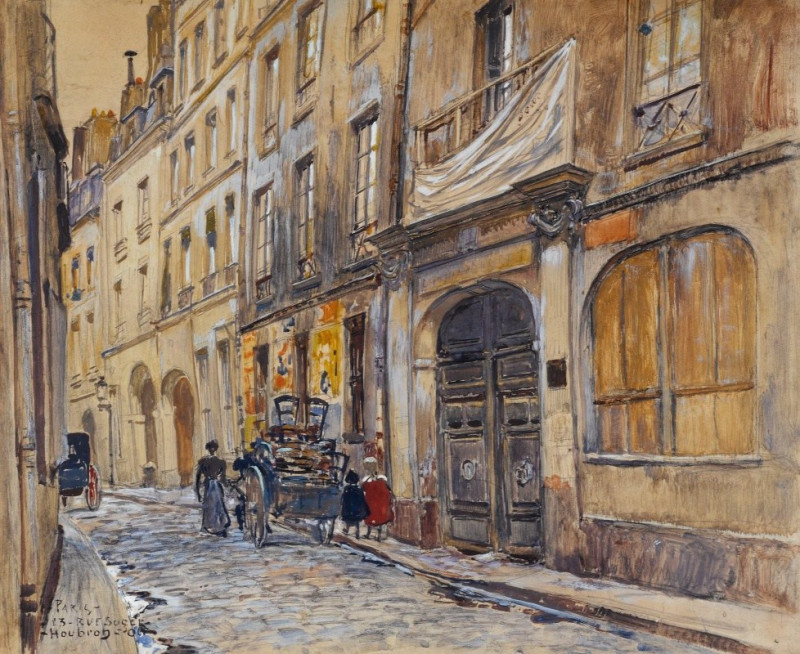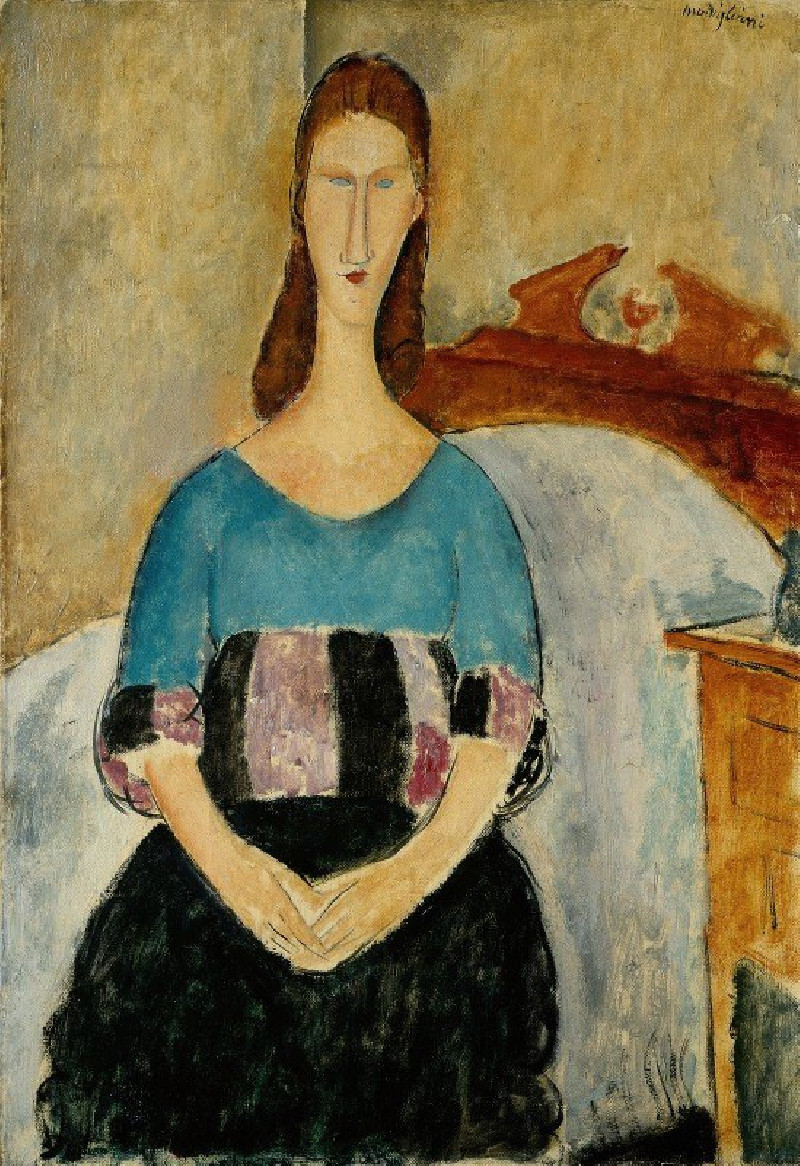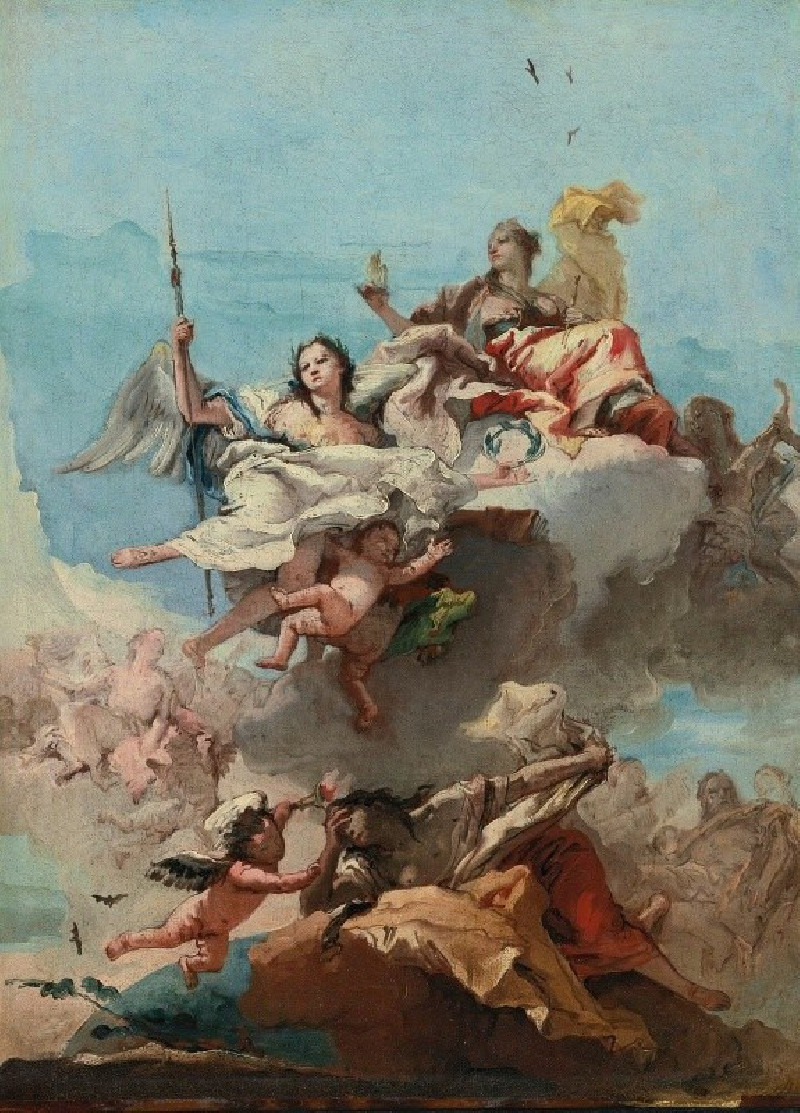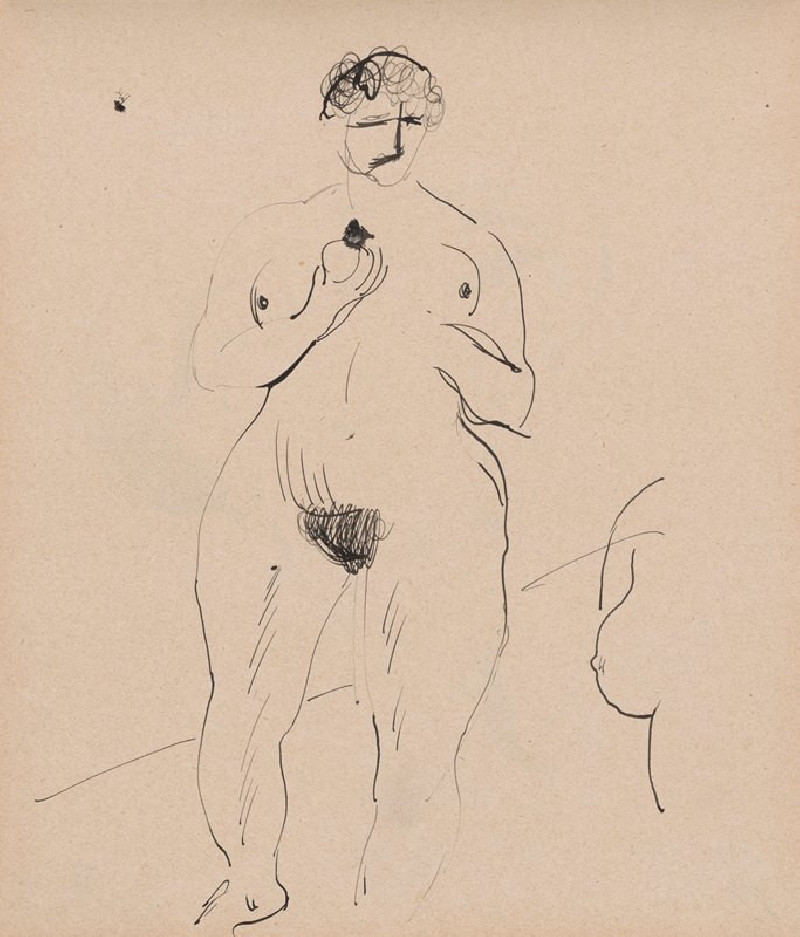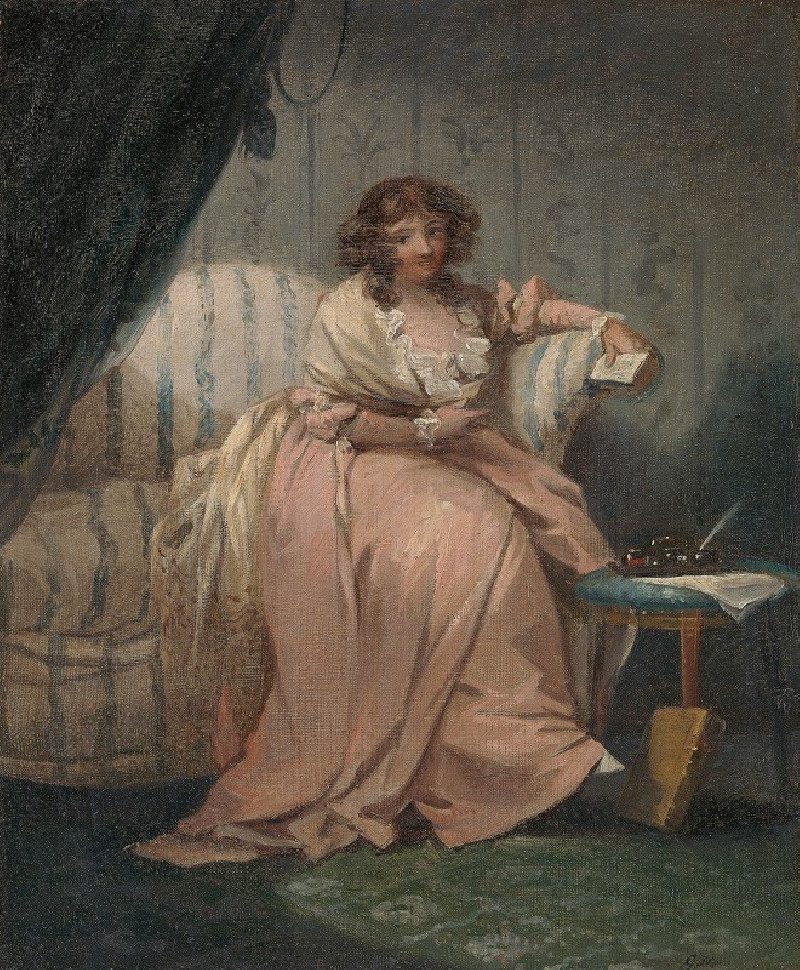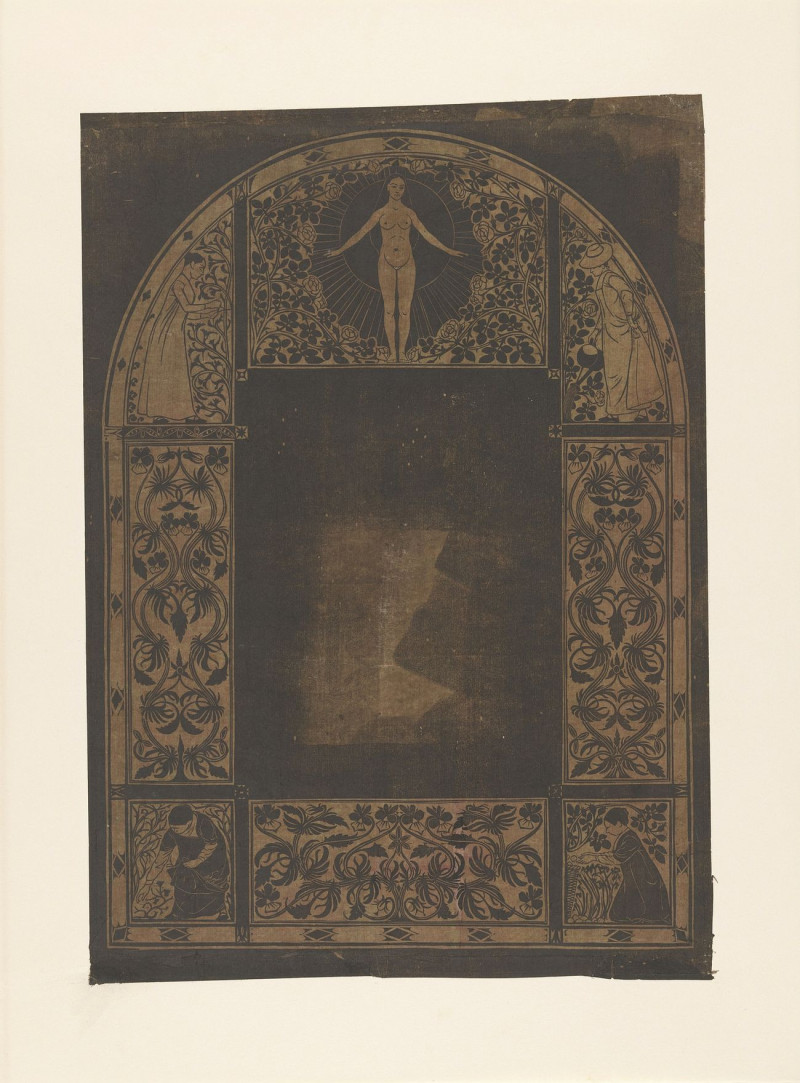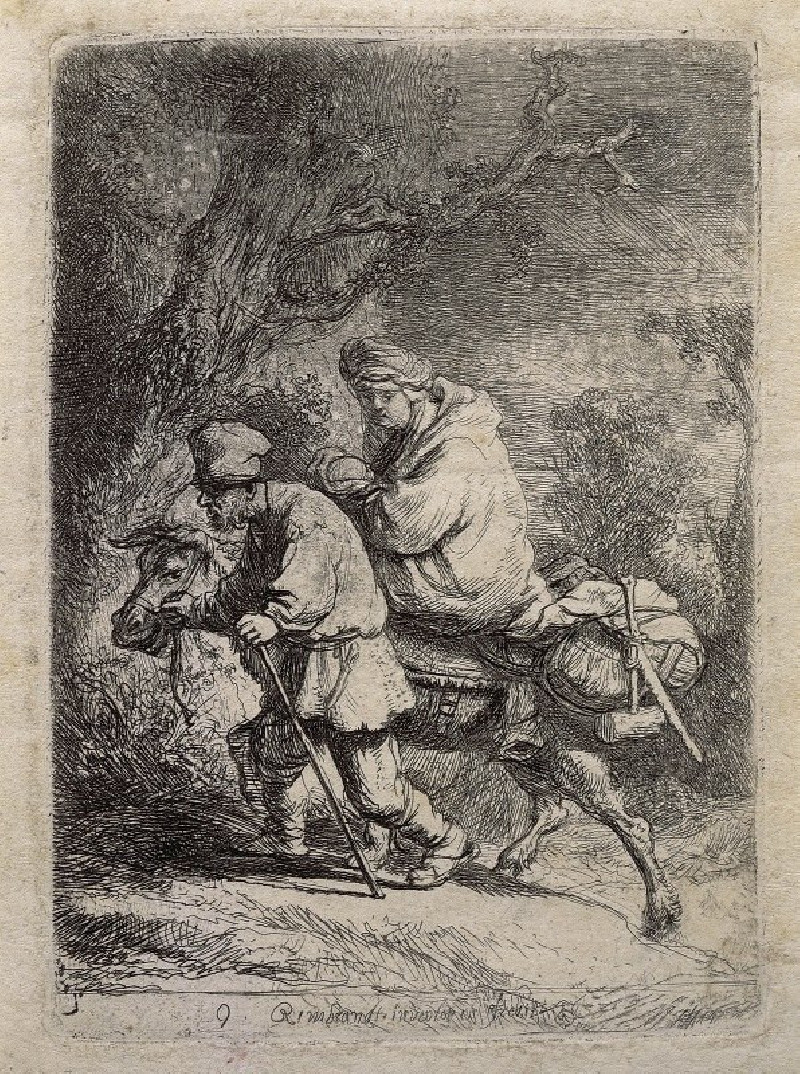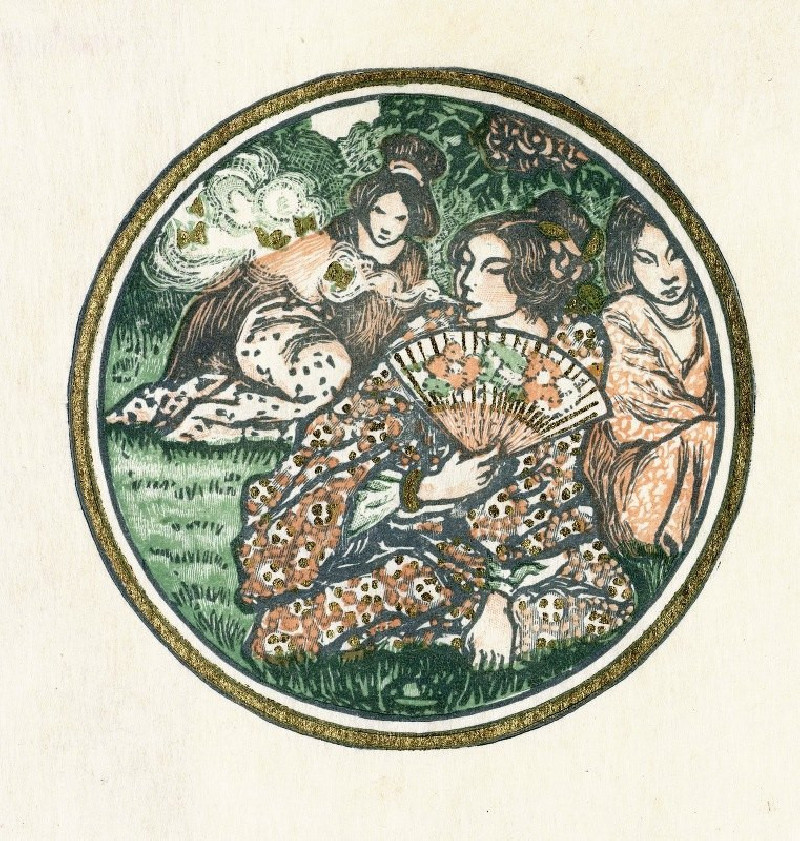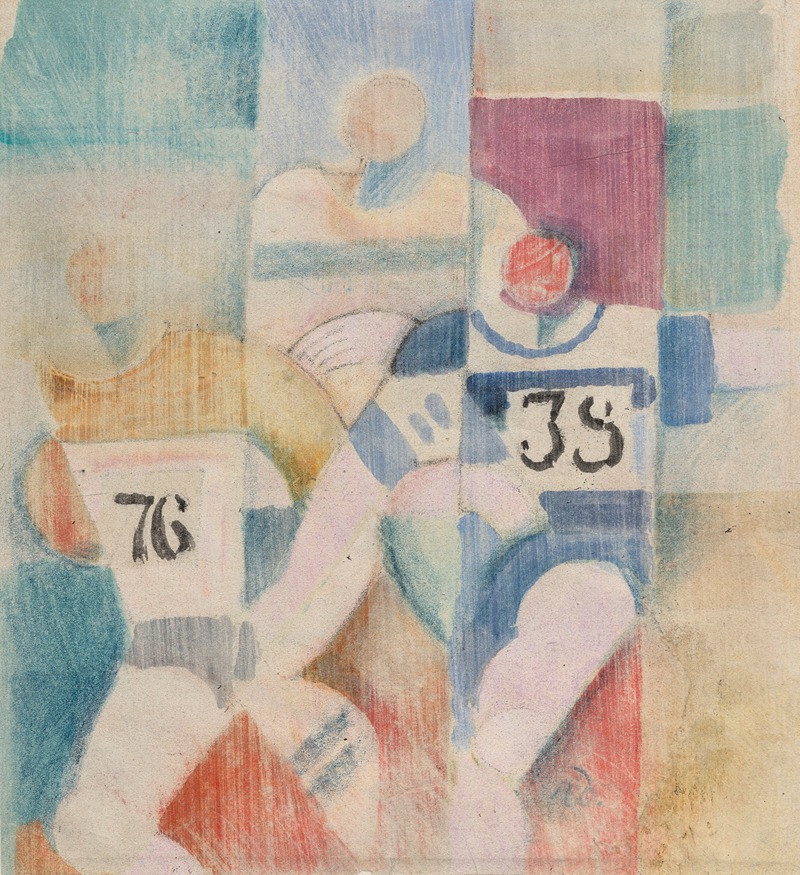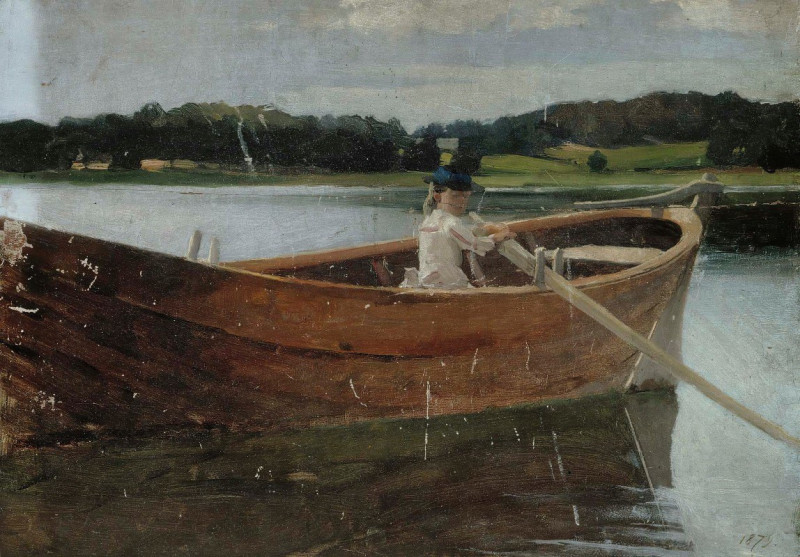Raptus (circa 1913)
Technique: Giclée quality print
Recommended by our customers
More about this artwork
Marsden Hartley's painting "Raptus" is an intriguing piece of modernist art that invites viewers into a whirl of vibrant colors and bold forms. Painted around 1913, this work is a stunning representation of Hartley’s exploration into abstract expressionism. The artwork features a central motif that appears to be a dynamic intersection of geometric shapes and lines. Dominated by a large, radiating circle that could suggest either cosmic order or personal introspection, the composition is a mélange of motion and energy.The word “RAPTUS,” boldly inscribed at the lower center of the painting, adds a textual element that deepens the mysterious quality of the composition. This Latin word, which can mean "seized" or "carried away," hints at themes of overwhelming emotional or spiritual experiences. Hartley's use of expressive colors—from fiery reds and deep oranges to soothing yellows and stark whites—enhances the emotional depth of the piece.The intersecting lines, which resemble beams of light, may symbolize convergence or a bursting forth of energy. This could be interpreted as a visual representation of epiphany or a dramatic transformation. The peripheral forms and semi-circles that flank the central circle suggest a universe in motion, orbiting around a central force."Raptus" by Marsden Hartley is not just a feast for the eyes but also a catalyst for introspection. It asks the viewers to contemplate the forces, both external and internal, that seize and move us in profound ways.
Delivery
Returns
Marsden Hartley (1877–1943) is a Maine native and a leading American Modernist painter, along with his contemporaries, Arthur Dove and Georgia O’Keeffe. He is well-known for employing geometric abstraction as well as bold colors and lines. His paintings depicted imagery of nature, landscapes, figures, and still-life. Sponsored by Alfred Stieglitz, Hartley went to Europe in 1912, spending most of his time in Germany, where he met Gertrude Stein, Wassily Kandinsky, and Franz Marc. After returning to America in 1930, he reconnected with the New England of his childhood and started to portray the landscapes of New England in his paintings.

